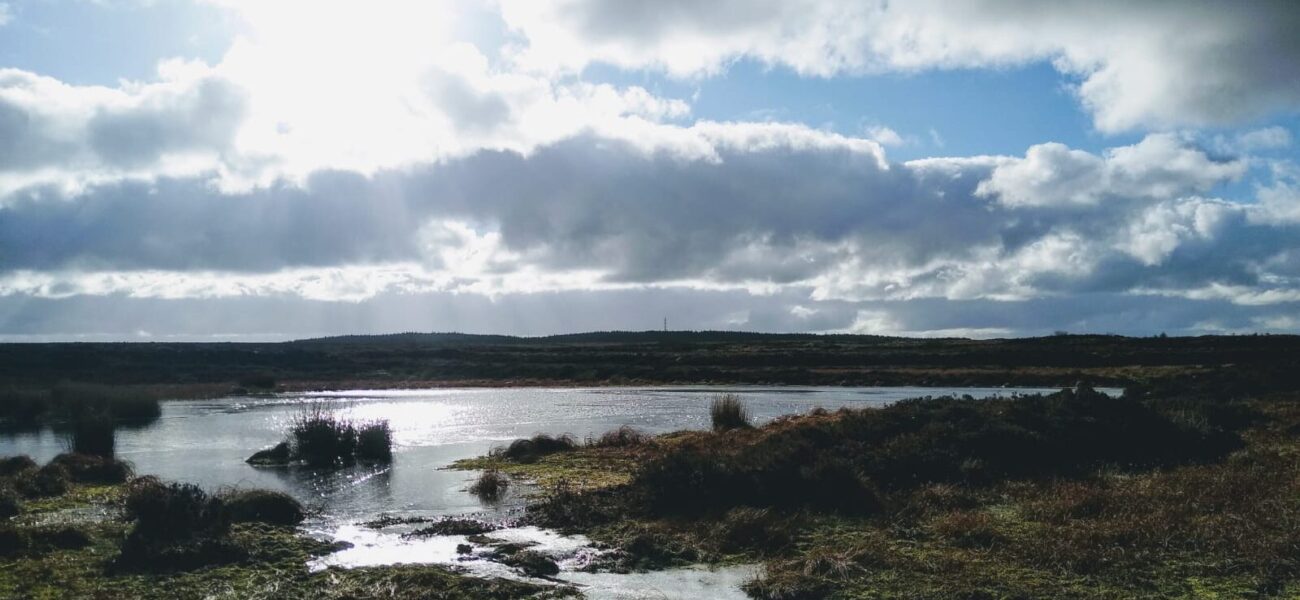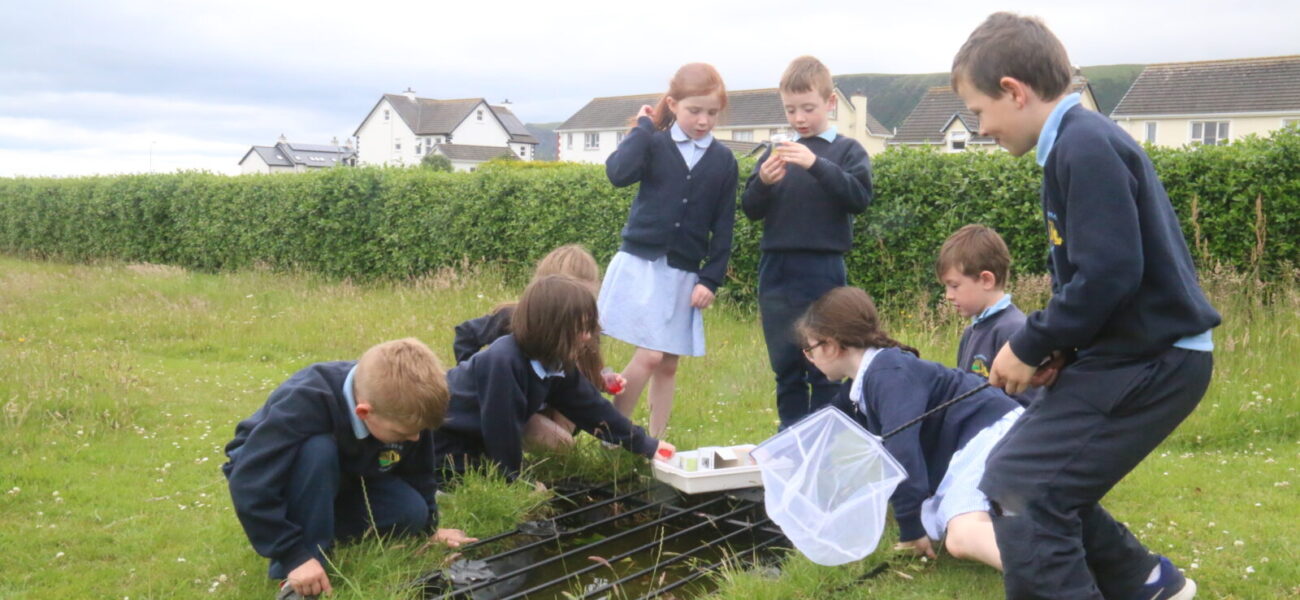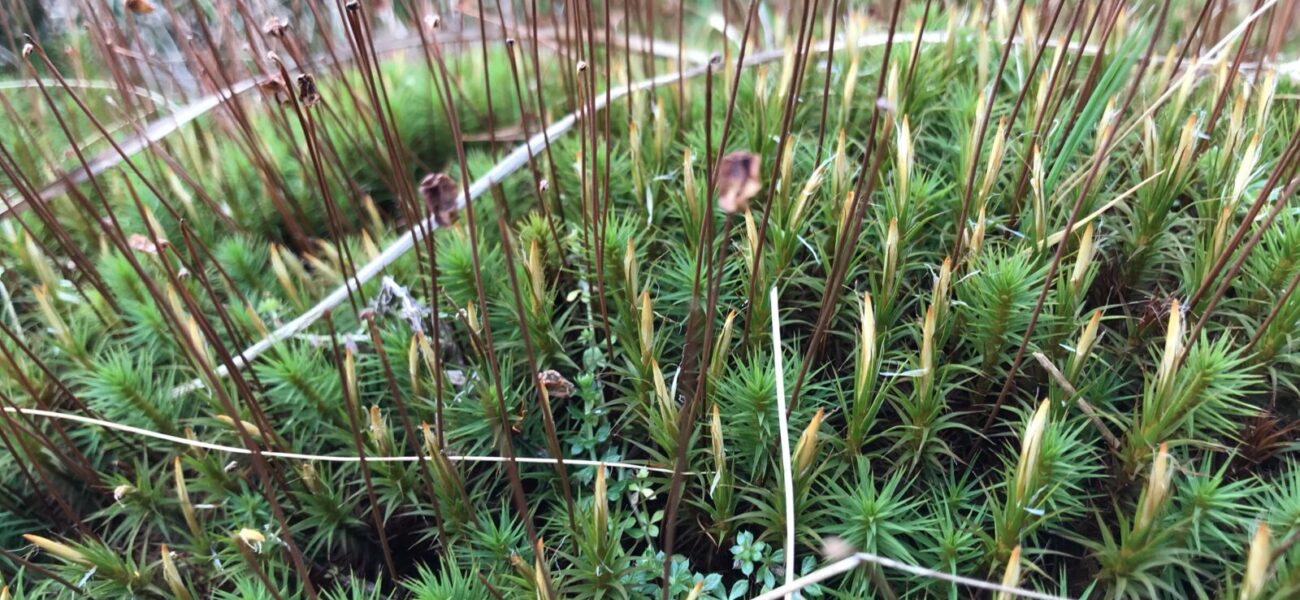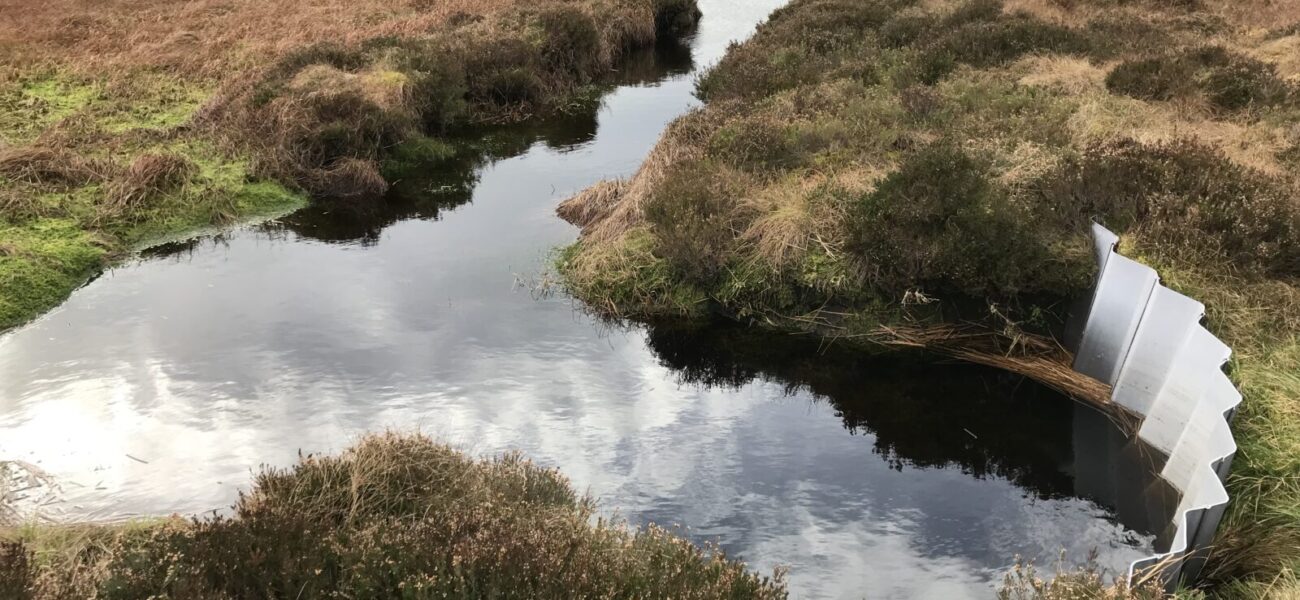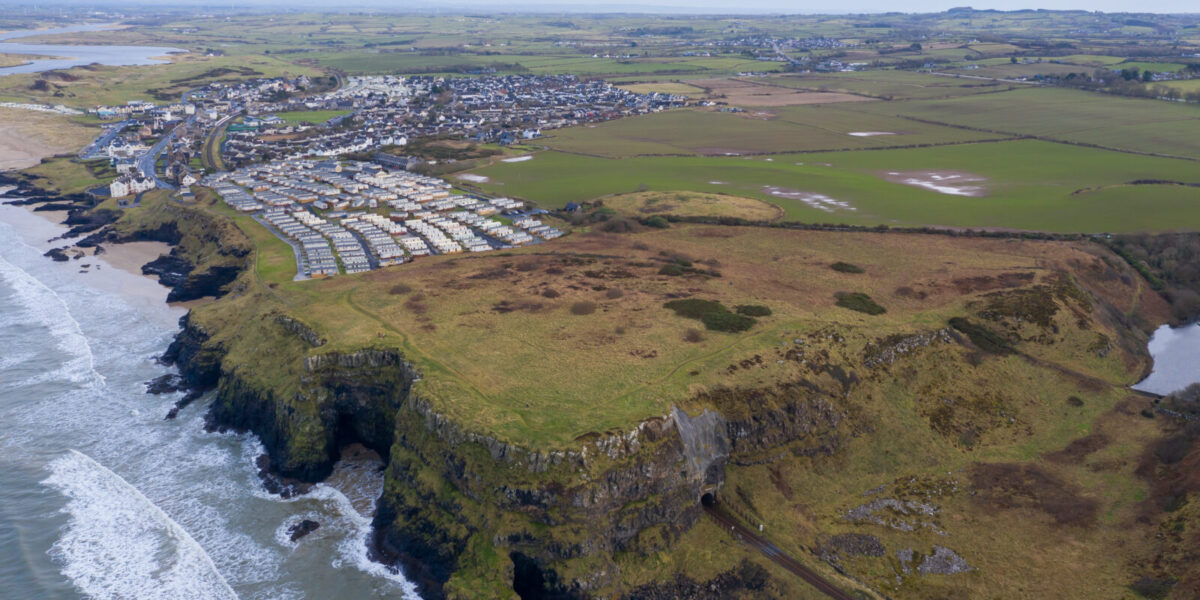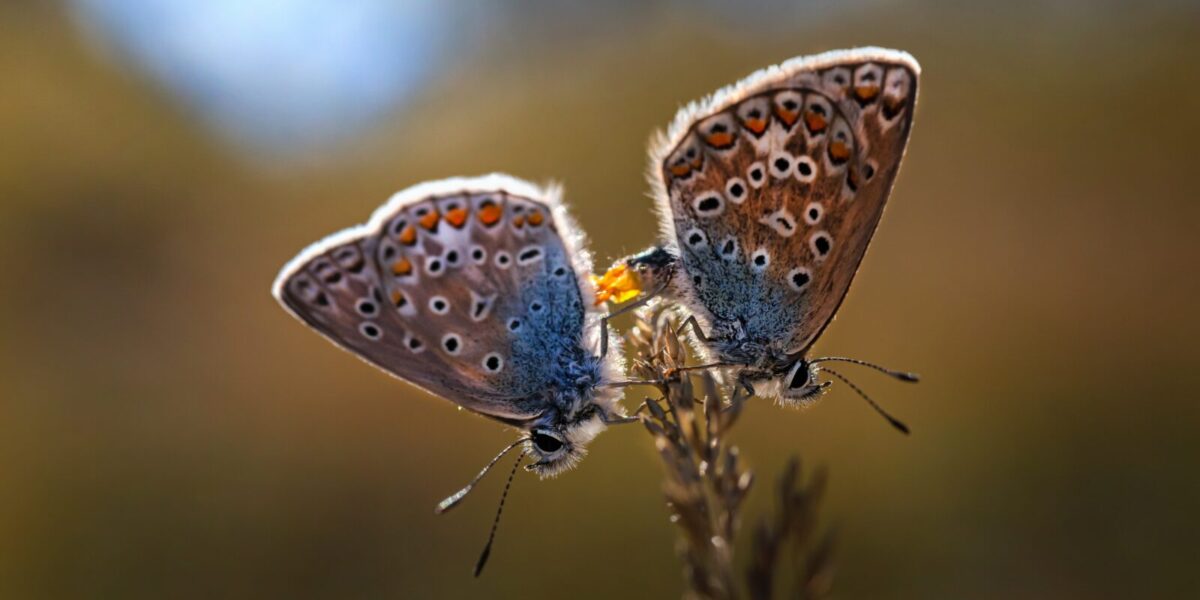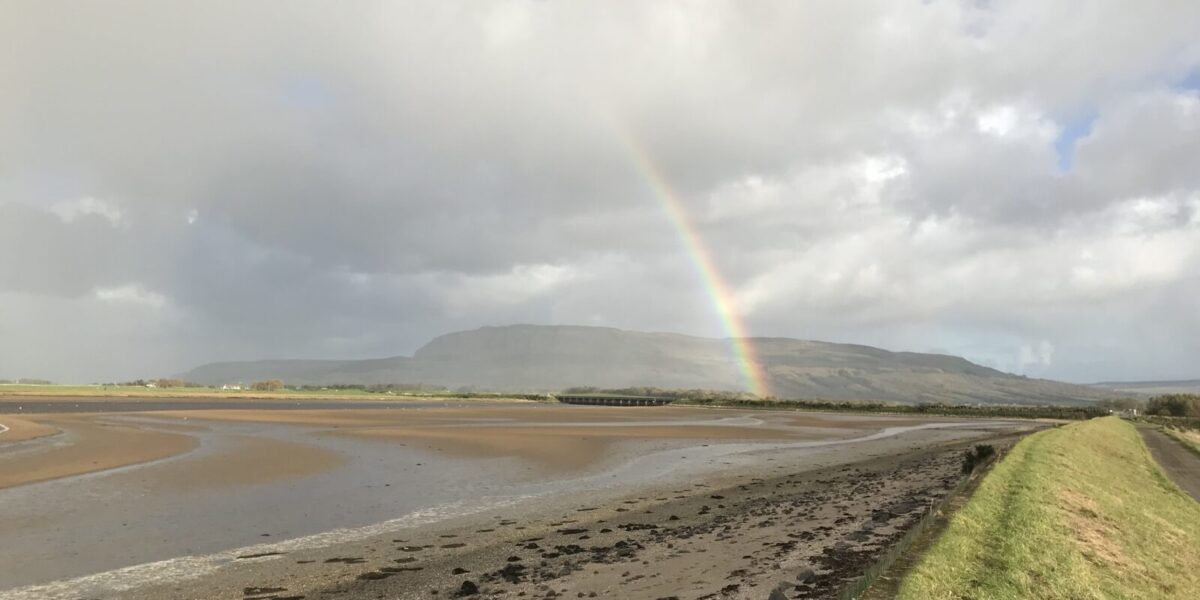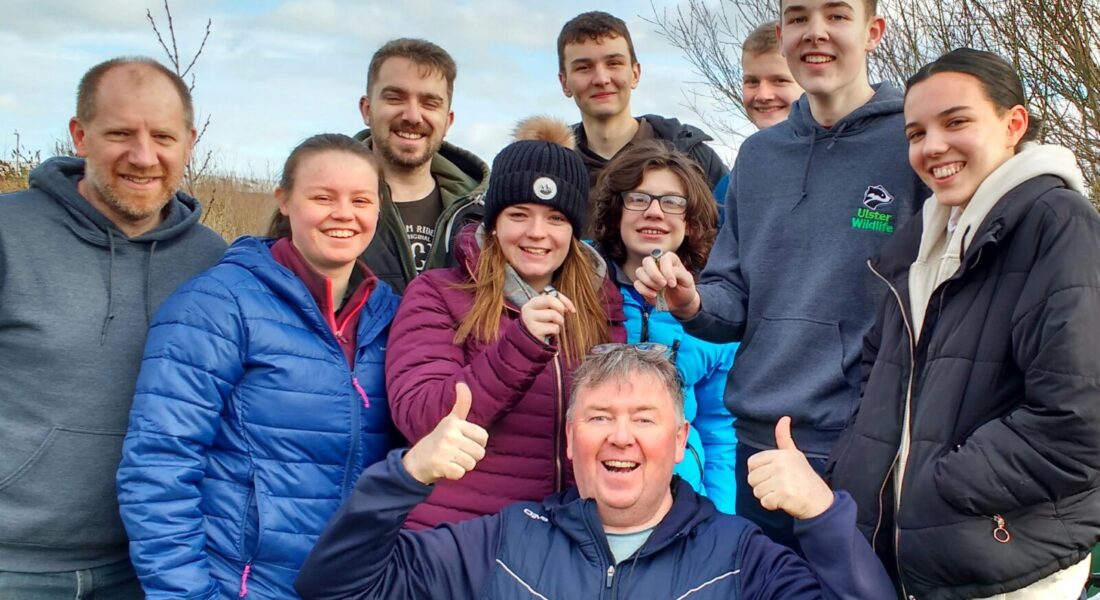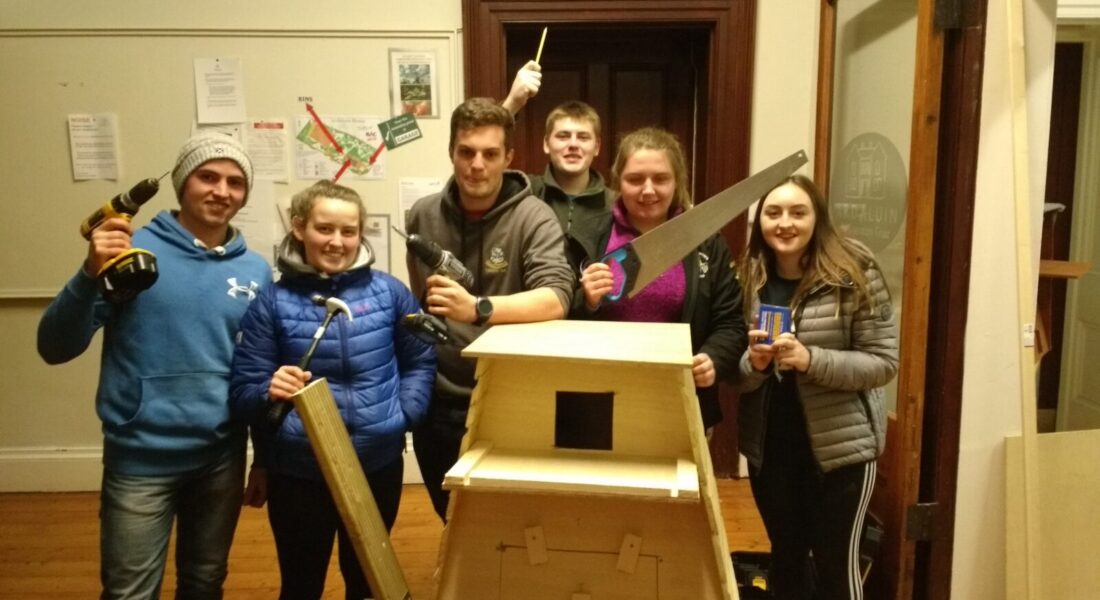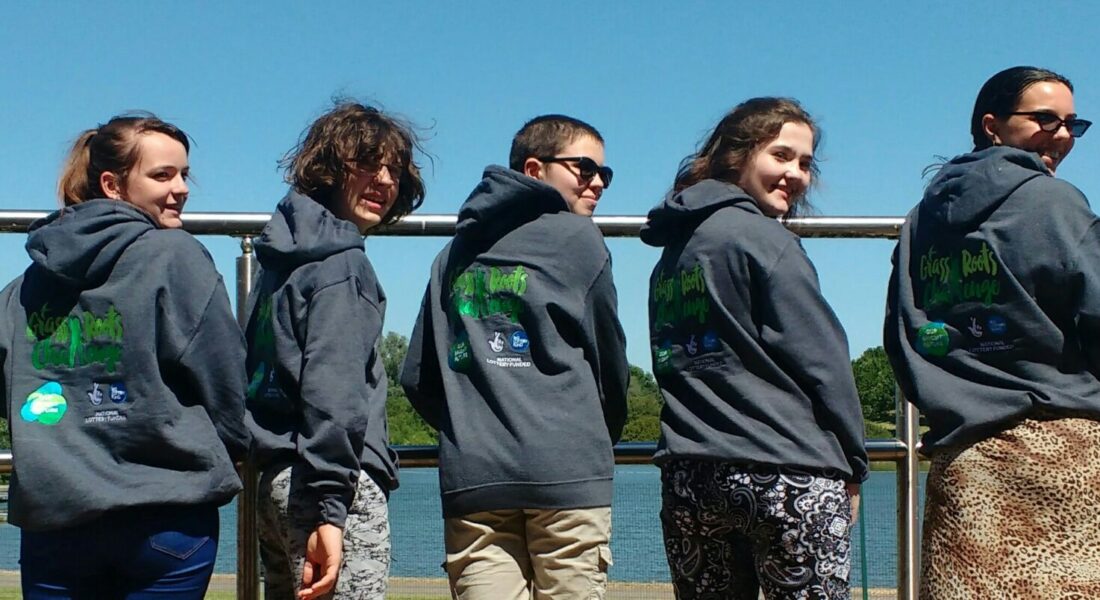
Natural Heritage Projects
Natural Heritage projects aim to improve management and resilience of the special landscape, habitats and species of the project area.
Shaped by geological events of global significance, climate change and human activities, the triangular coastal peninsula and uplands are home to spectacular estuaries, beaches, dunes, alluvial and upland farms, arctic-alpine habitat, ancient woodland and commercial forestry. If one thinks of almost any habitat type in the UK or Ireland, it is likely that a small patch can be found within the Binevenagh and Coastal Lowlands.
By working with farmers, landowners and partner organisations, natural heritage projects will work at a landscape scale to conserve and restore native habitats, creating a robust and resilient environment for future generations.
Curly Burn Catchment Care
The Curly Burn and its tributary, The Lynn, form the largest full river catchment within the Landscape Partnership area, covering an area of around 40 square kilometres, with the main channel stretching for c9 kilometres. The Curly Burn joins the Castle River before flowing into the much larger River Roe.
The entire main channel of the river falls under the River Roe and Tributaries Special Area of Conservation and Area of Special Scientific Interest (ASSI) which has been designated to protect its populations of Atlantic Salmon , Otter and Old Sessile Oak Woods, which are deemed to be of national and European importance.
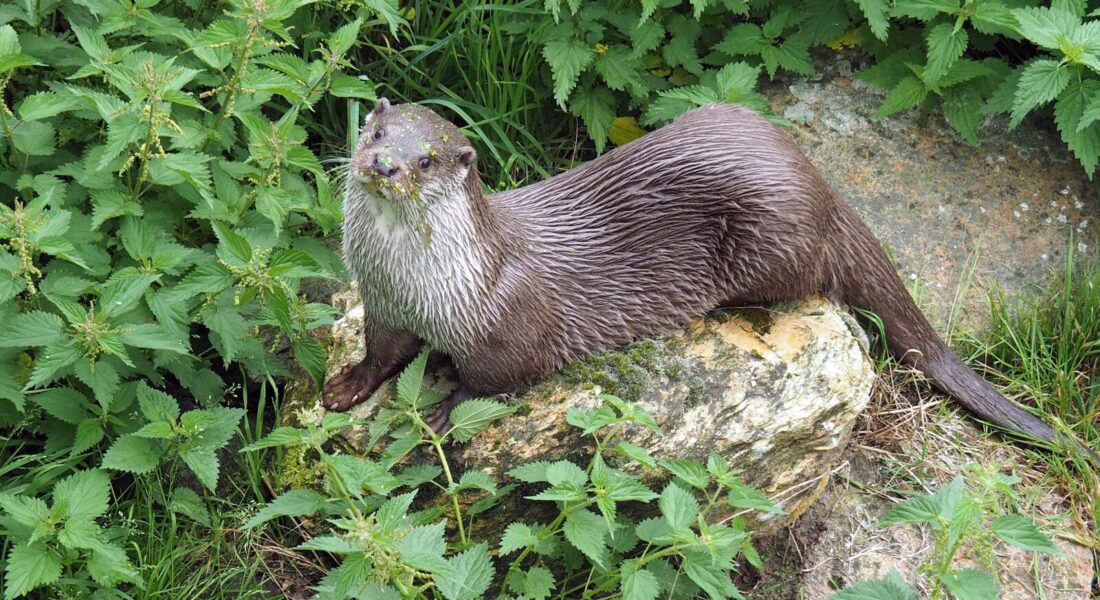
Land use in the upper catchment is dominated by conifer plantations, while in the lower sections, farmland makes up the majority of land adjacent to the river, and this initially, is where we will be focusing our work.
Through our work we be providing fencing and drinkers to landowners adjacent to the river to prevent livestock from trampling the river banks and adding increased silt to the river. Tress, invasive species etc etc!!
If you have land along the Curly Burn or would like to get involved in its are please contact aisling@ccght.org
Farm Resilience
Local farmers can benefit by option into the farm resilience plans which are free environmental farm plans carried out by our partners at Fieldfare Ecology. These farm plans will not only help to achieve an improved and sustainable landscape into the future, but will also assist farmers in creating a more efficient and profitable farm businesses from simple advice and suggested changes in land-use and farming practices. Availing of the farm resilience plans is free, and plans will be developed on a one-to-one basis and specifically tailored for each farm.

They will provide a working document for use to apply for existing and future funding through DAERA (Environmental Farming Scheme and Forest Expansion Scheme) and from the Woodland Trust (MOREwoods and MOREhedges).
Find out more and find out how you can get involved through our Farm Resilience Blog
Time-lapse Landscapes
Freshwater Quality Enhancement
This project will focus on improving upland water management and freshwater habitats for the benefit of the local community, biodiversity and the wider landscape.
The first part of this project will focus on the restoration of Altikeeragh bog. The bogs of Binevenagh have been heavily utilised for generations and drainage was key to making the accessible and usable for a range of activities. This drainage has a detrimental impact, lowering the water table and drying the land, leading to habitat change, resulting in the loss of species. The increased water flows lead to erosion of the peat, leading to increased flood risk downstream.
To part-restore these areas we will aim to block off some of the larger more damaging drains using natural ditch blocking methods. This will raise the water table at these blocking points and allow the habitats behind the dam to recover.
The second part of the freshwater enhancement project looks at establishing ponds, pools and wetlands across the entire area. A focus will be placed upon the younger generations through educational wildlife ponds at school and the within the farming community.
As well as ponds we will be encouraging the creation of temporary pools which can dry-out in dry spells, which support a different range of species and are often easier to maintain on farmland.
Maritime Habitat Enhancement and Access
This two-part project looks at some of our coastal habitats and addresses access, interpretation and the management of an area of maritime heath habitat.
The 25-acre site of The Moors of Castlerock is part of the former wider Downhill Demesne and the targeted area within this project is in the ownership of the local council, Causeway Coast and Glens Borough Council. The habitat of the site was once a rich Maritime Heath/Grassland habitat with specialist vegetation living in this extreme environment. This habitat type supports special species including a number of Northern Irish priority species of butterflies such as the Common Blue, and birds such as Grasshopper Warbler and Linnet,and Northern Ireland’s only native reptile, the Common Lizard.
The Moors has not been managed for many decades and as a result the habitat has become very degraded through the encroachment of Bracken , Brambles and Blackthorn scrub (Prunus spinosa) which now dominate much of the site with specialist native species restricted on the site, with only a few patches of Heather at the peripheral areas of the site.
The aim of this project is to add fencing to create paddocks for conservation grazing by cattle……..
The second aspect of the maritime enhancement project is working alongside the RSPB at Lough Foyle to create …..
Landscape Conservation and Training
Working alongside Ulster Wildlife, we will deliver five week long residential for 16-25 year old over the 5 years of the Landscape Partnership.
Each residential will enable up to 25 young people to spend a week together visiting sites of natural heritage interest across the Binevenagh Landscape Partnership Area, building skills and knowledge by carrying out survey work and practical conservation work, as well as having time for some fun outdoor recreation activities.
Team building, personal development and outdoor recreation activities will also be built in to the programme. The residential will be located at the Magilligan Field Centre and will involve young people visiting natural heritage sites and outdoor recreation sites across the Landscape Partnership area. Umbra, as an Ulster Wildlife nature reserve, will be one of the focus areas for the residential.
For more information and to apply for a place email dawn.patterson@ulsterwildlife.org

